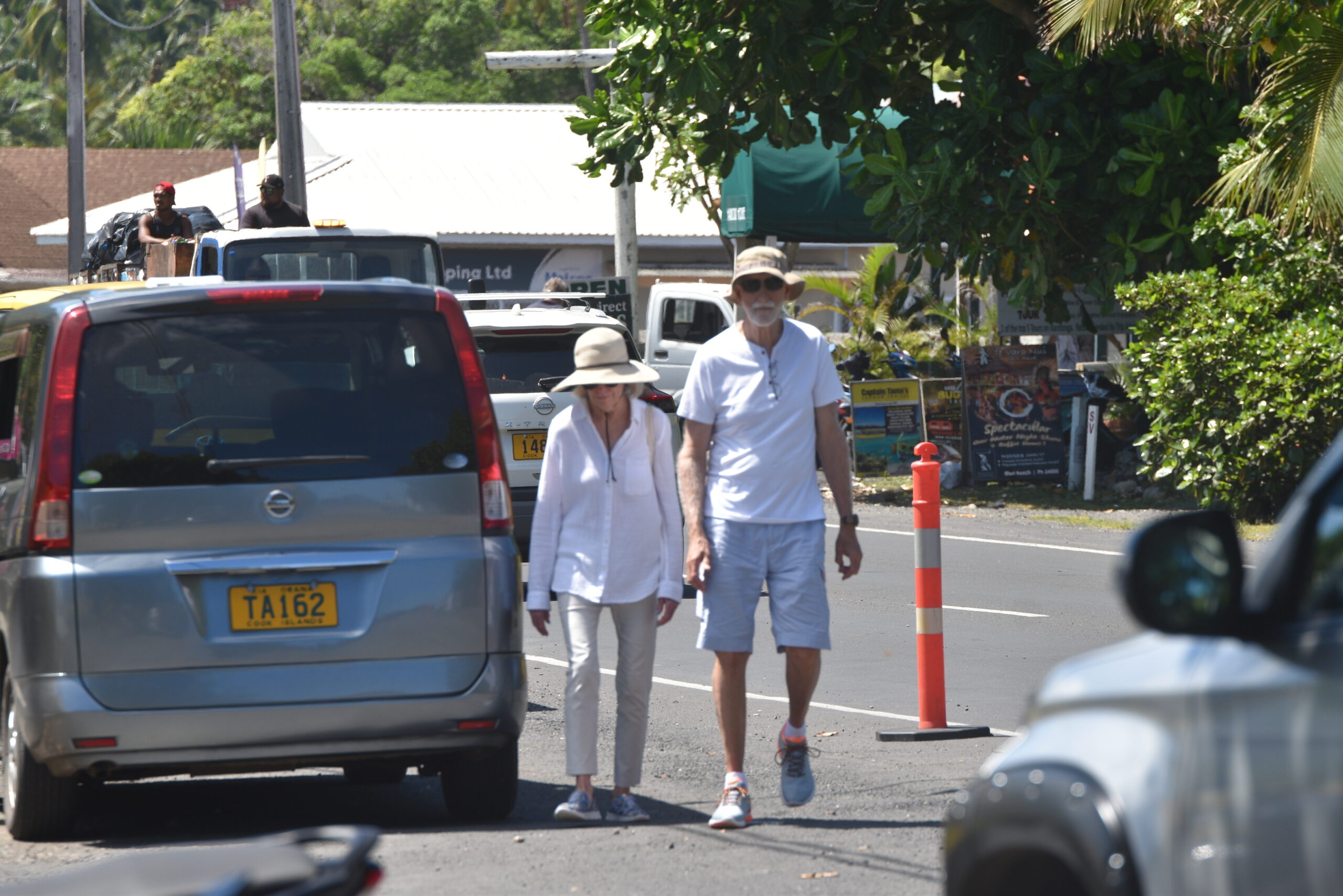Tourism rebound strong, despite challenges
Thursday 1 February 2024 | Written by Losirene Lacanivalu | Published in Economy, National

Guests from cruise ship Star Breeze explore Rarotonga. LOSIRENE LACANIVALU / 24013020/ 24013021 / 24013022
The Cook Islands Tourism Corporation had highlighted some of its key challenges and mitigation strategies in its annual report for the year ending June 30, 2023, submitted to Parliament last December.
Based on the 2023 flights and indicators showing a 73 per cent average load factor, Tourism estimates a 15 per cent increase in visitors for 2024, bringing the total to 150,043.
Since the Cook Islands re-opened its borders on January 13, 2022, the focus has been rebuilding the tourism sector.
The report identified aviation as the key driver of tourism, forecasting 130,000 visitors for 2023 (a 14 per cent increase from 2022's 113,551). However, this forecast was surpassed as actual arrivals reached 143,506 tourists last year.
“This gives certainty to the short-term landscape and provides breathing room to consider needs in the outer years,” the report said.
“While growth remains a considered element when looking forward, a broader scope of work is necessary to balance desired optimum long-term outcomes.”
Tourism’s next step is to develop strategic measures to reposition the Cook Islands tourism sector, fostering resilience against external shocks and solidifying the destination’s value proposition and product offerings.
Past carrying capacity models focused solely on airlift and room stock. The report acknowledges the need to expand this analysis to encompass the environment, infrastructure, social elements, and Pa Enua (outer islands).
Looking at the low season, Tourism emphasises the critical need for maintaining a year-round business, requiring constant review and attention. Case studies of other destinations offer a stark warning: the flow-on effects of seasonal closures can significantly restrict business. Once businesses “close up shop” for the low season, it's difficult for them to return in any significant form.
“This needs to be avoided at all costs. As this is a permanent programme on CIT’s agenda and it is given constant attention.”
The action clause stated: “Short-term mitigation involves increased access to key markets including Australia, French Polynesia, and the United States. The long-term outlook requires a combination of stakeholder management, additional compelling reasons to visit during November-March, and tactical considerations to encourage travel. Work is ongoing.”
















































